Many times, when a client comes to us to shoot a video, they have little or no idea what goes into the planning process. Video “pre-production” as we call it, is one of the most crucial steps in the filming process, and if you get that right, you will have a smoother filming experience altogether. These are 10 steps to execute a successful video.
1. Concept & Scripting
First, establish what you want your video to achieve, who the target audience is and how you want to deliver your message to them. Once you’ve decided, write down a script or key points for how you want your story to flow. Make sure to include as many details as you can when you are drafting out your script. It is also important to determine how long your video will be and write the duration in the script (for example, 2 to 3 minute video). This will help you aim to tell your story according to the duration that you have set. Be creative and try to tell your story in an engaging manner to capture the viewer’s attention.

2. Storyboard
After you have written your script, a video sample you found online or a storyboard can help you illustrate your idea to a video team and help them better understand your concept. A storyboard is like a comic strip that shows how the video’s story will play out using images (such as photos or hand drawn sketches). For simple shoots, a storyboard is not necessary, but for more complicated shoots, it might be a good idea to work with the video team to come up with a simple storyboard illustration. Having both a script and storyboard can help our team understand, quote, and efficiently shoot your video.
3. Schedule
Is there a timeline or a target date for the release of your video? Take that date and work out a schedule to shoot your video backwards. Remember that the time needed to edit the video can easily take more time than actually filming the video itself. For example, a simple 3 minute video may take two weeks to conceptualise and prepare, one day to shoot and two weeks to edit.
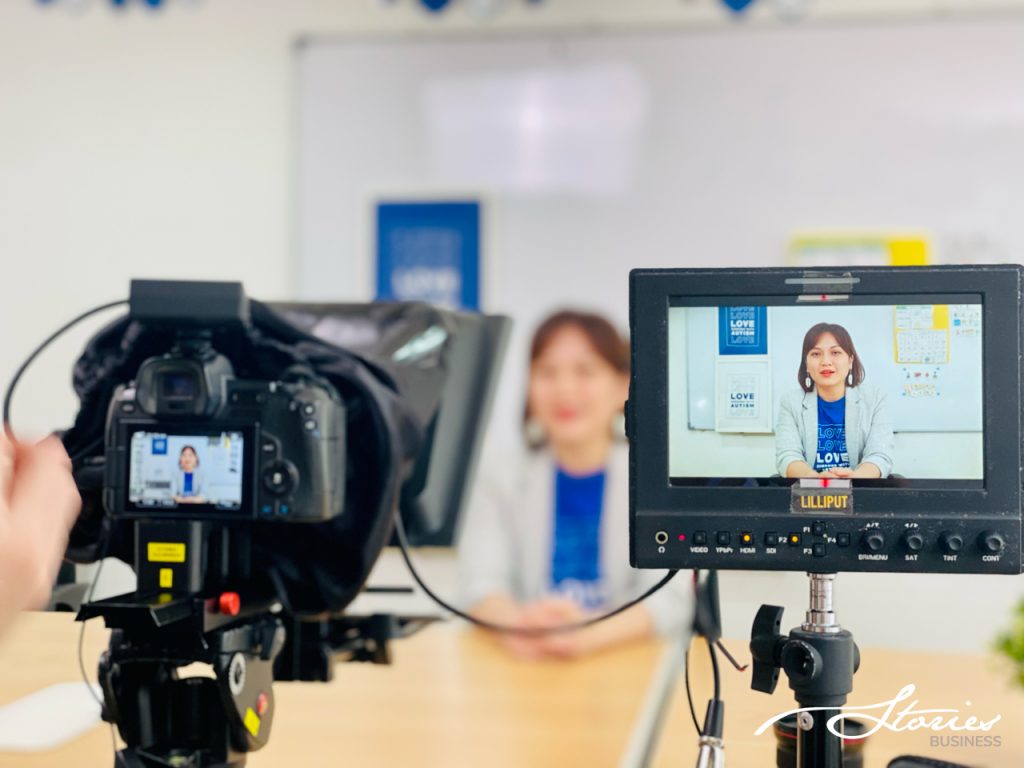
4. Budget
When it comes to working out a video budget, many people are unaware how expensive it can be to create a simple video. There are so many minor details that people often overlook, such as hiring a scriptwriter, getting hair and make-up done, paying location fees, and even having multilingual subtitles! When you don’t know where to start, consult with our team to help you set a budget based on your video needs.
5. Talents
Does your video need acting talent? Or voice-over talent to narrate throughout the video? Knowing what kind of talents you are looking for (gender, age, race) for your video setting is important and then we can help you find the right talents to fit your video.
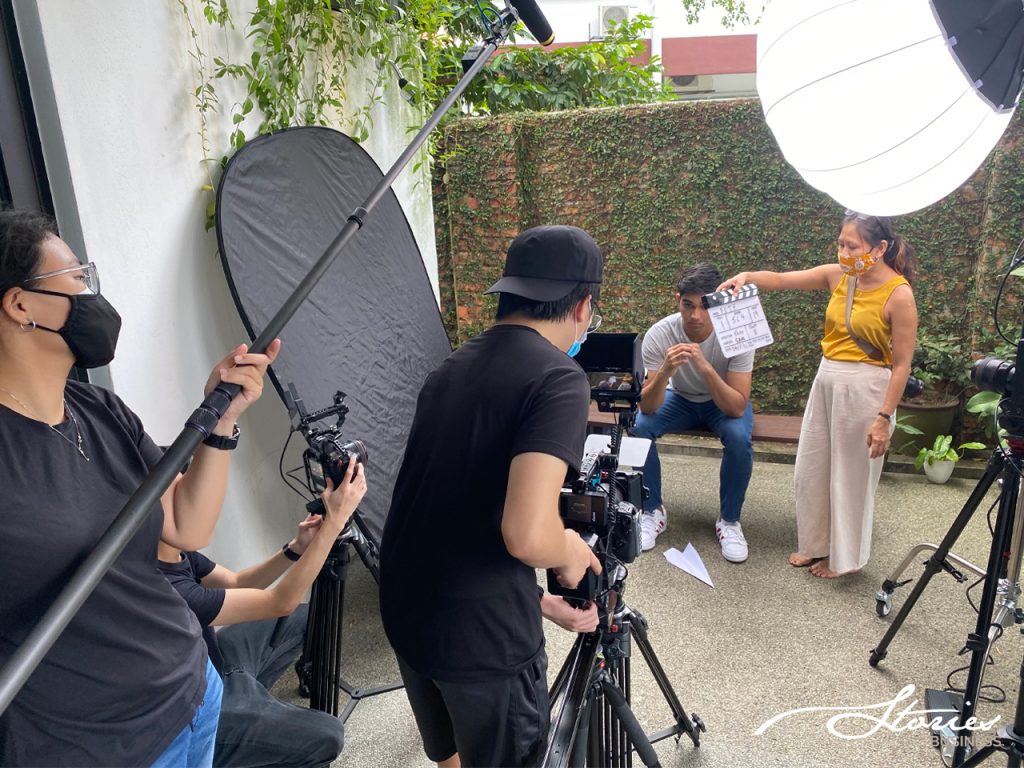
6. Makeup, Hair and Wardrobe
Do your talents or those of the people appearing in your video need makeup and hairstyling? We have a team of makeup artists that can help you with this service. What about the wardrobe they will need to wear during the shoot? Do they need one outfit or multiple outfits? Take these into consideration, then buy the outfits or get the talents to bring their pre-selected wardrobe for the shoot. Don’t forget shoes as well!
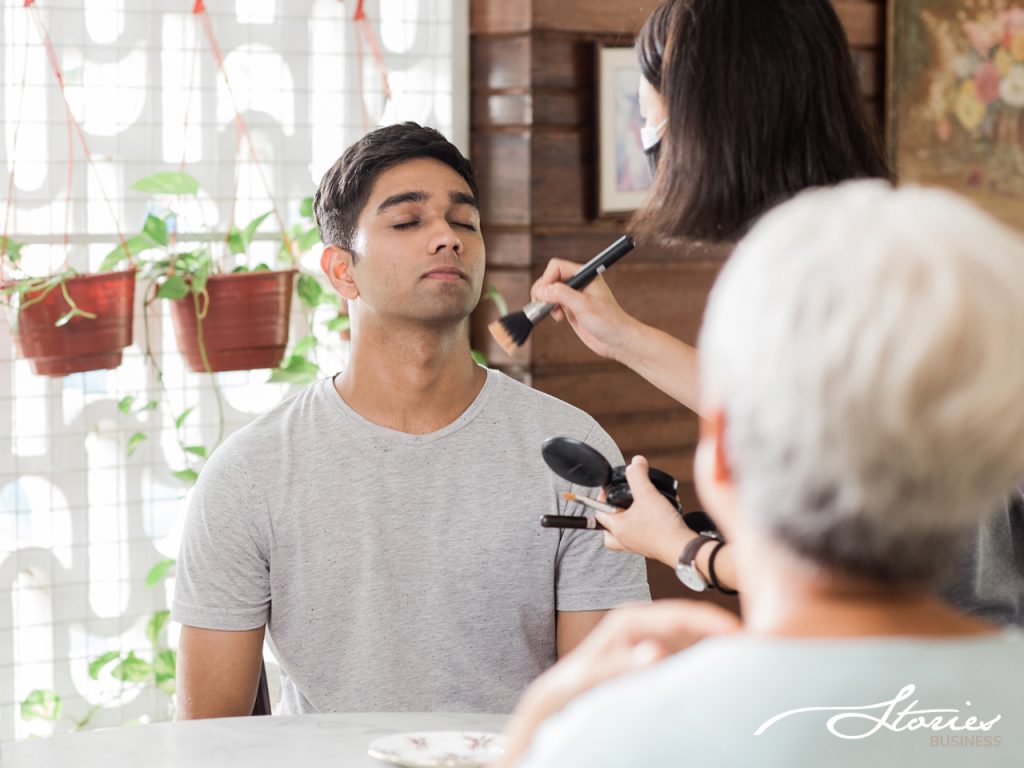
7. Location
Selecting a location is not just about how pretty the location looks. If you are filming and need to record the audio (like a talent speaking or shooting an interview), you also have to consider if that place is noisy. Loud sounds can slow down the filming process altogether and should be filmed in a controlled environment like a studio or quiet space. Lastly, the more locations you have, the longer it will take to film due to the additional travel and set up time. As a result, it is best to limit yourself to one or two locations.
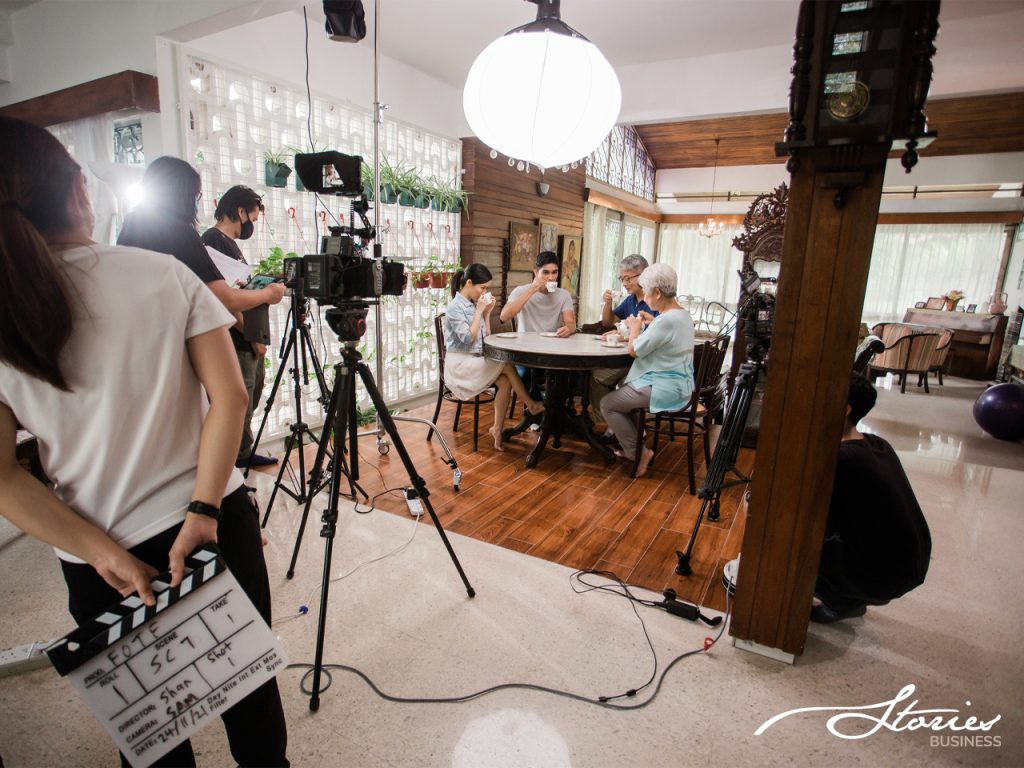
8. B-rolls
B-rolls are the secondary footage that is seen over a person’s interview and is used to help illustrate the story better. It would be helpful if you could work with our video team beforehand to determine what kind of extra shots (b-rolls) you would like to capture so that props and appropriate settings can be prepared prior to filming.
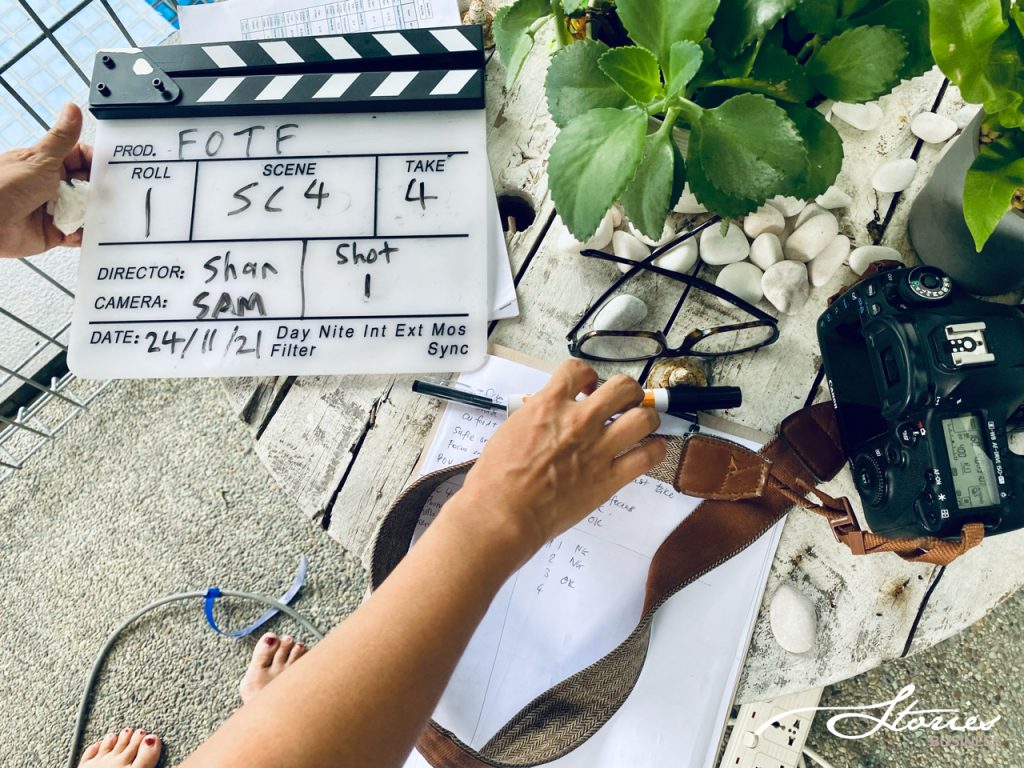
9. Plan Ahead
These days, clients like to include motion graphics, animations, or multilingual subtitles in their videos. These items can easily take three weeks or more to develop and should be planned ahead of time. This will ensure that by the time your video is shot and ready to be edited, these other items are also ready to be included in your video, and there’s no delay.
10. The Final Outcome
The last step is to consider where you will showcase your video. Will it be on an online platform? Or broadcasted? Depending on your video needs, choose and inform the video team of the final video outcome, if it will be shot in full HD (High Definition) or at a higher resolution like 4K. Don’t worry if you are not sure, our video team can help and advise accordingly.
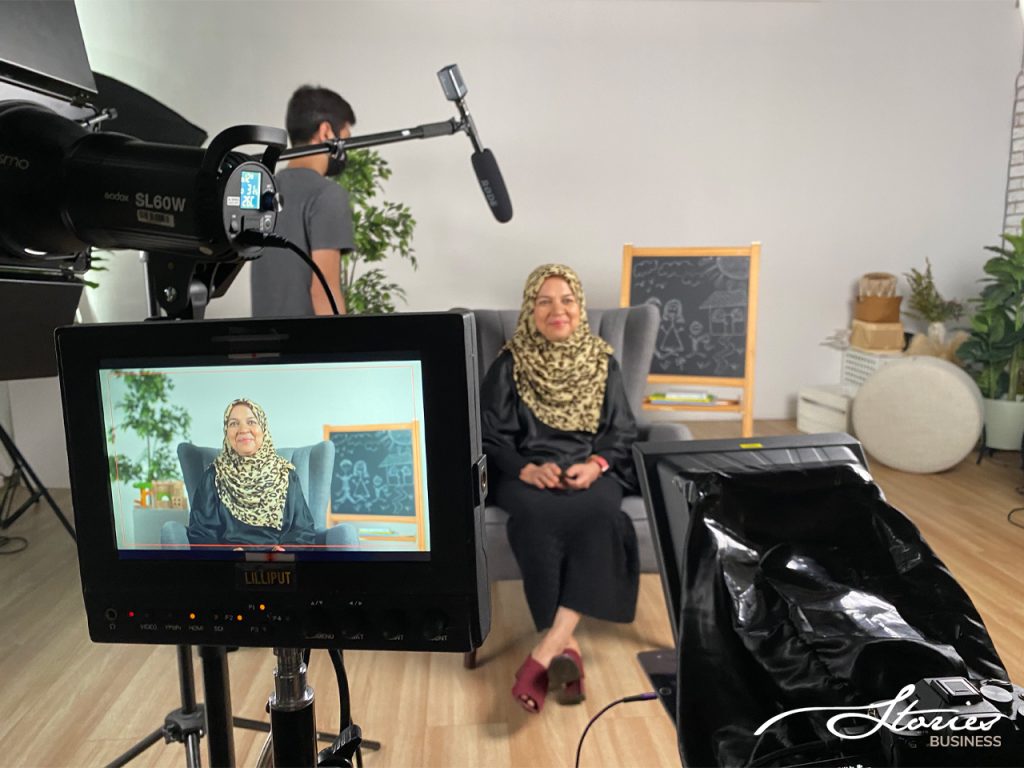
Now that you have an idea of what goes into planning a video, you can take those steps towards getting started. Give us a call if you need more information on how our video team can assist you with your video. To find out more about our videography services, click on the link below.





